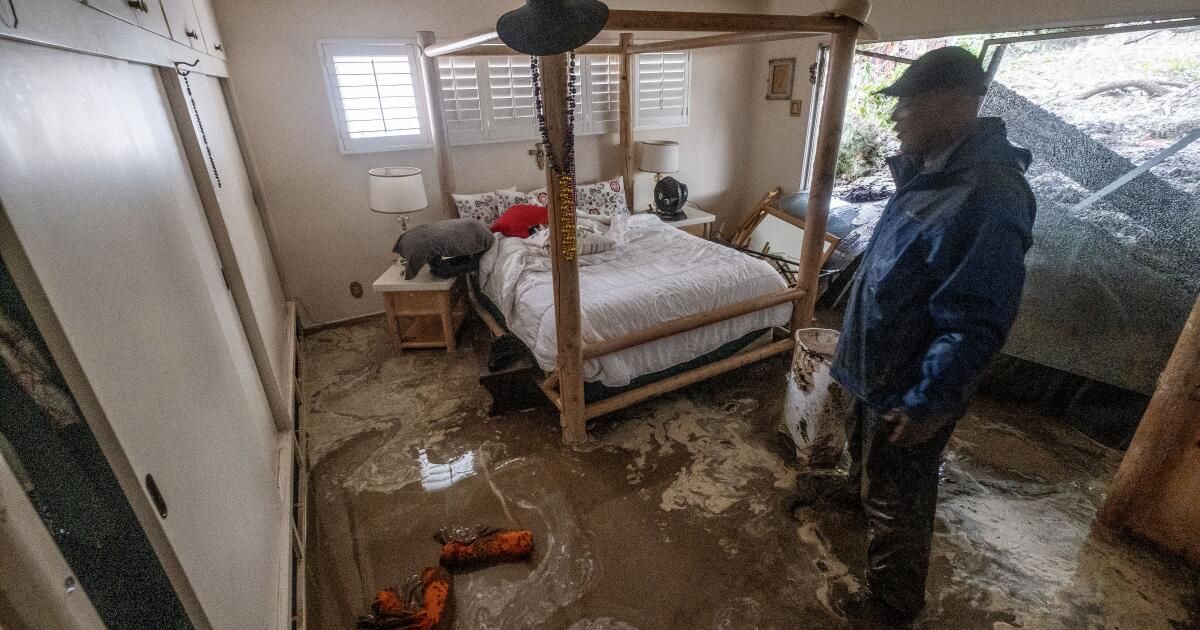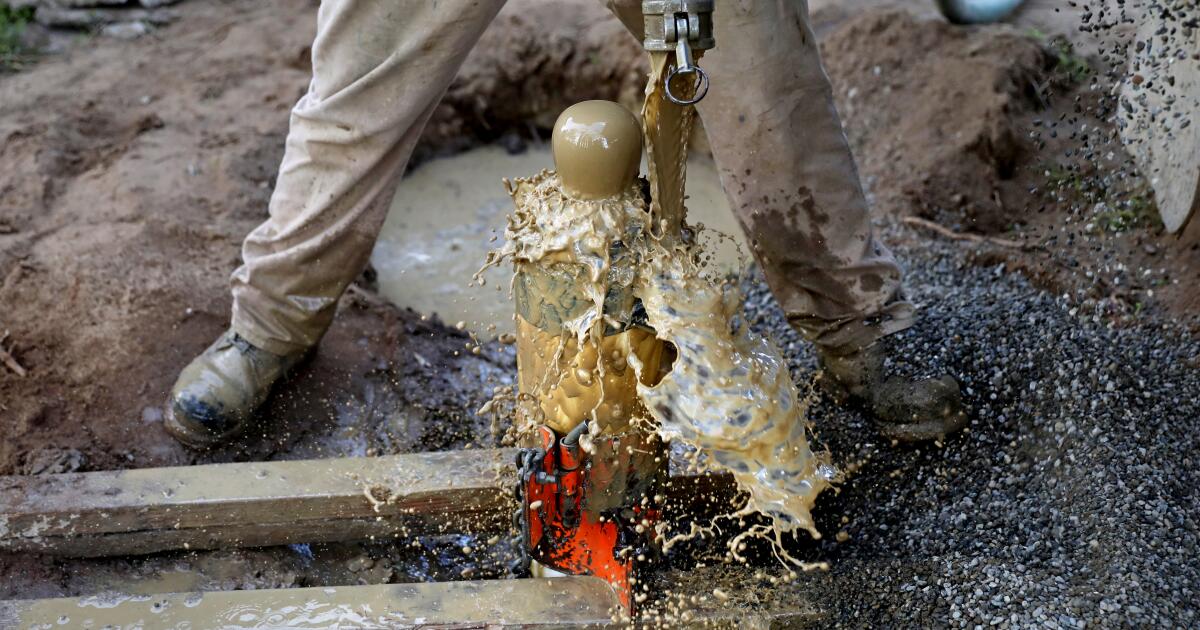For thousands of people across the South, this week's storms brought unwanted water into their homes, condos and businesses due to flooding, leaking roofs or other causes.
The task now for many homeowners is to dry out their interior spaces and prevent further damage from mold and mildew. Mold is not just an unpleasant, smelly nuisance, it is a potential health hazard that can require costly additional repairs if not addressed properly and relatively quickly. Once it appears, it is imperative that you take steps to address it before it spreads.
To get some answers about what to do when there's moisture in the walls, floors, ceilings or insulation of your home or business, The Times spoke with mold remediation professionals and other experts.
This is what they said:
1. Don't make it worse
The first thing you should do is make sure you don't aggravate the problem. If money is tight, it may be tempting to try to fix the problem yourself.
If you're lucky and the mold hasn't started to grow, it may be okay to turn on some fans or remove a piece of damp carpet. But if areas of moisture remain, mold is likely to appear within a few days.
Once you start seeing visible mold or smelling its telltale musty odor, it may already be too late to take purely preventive measures. Even running fans could spread mold spores throughout the house, as could removing moldy materials.
2. Call a professional
As soon as possible after an event such as a storm or pipe break causes water to enter your home or business, you should contact someone who knows what they are doing.
A good option is to contact a full-service water damage recovery and mold removal company. These companies are inundated with calls after inclement weather, so the sooner you call them, the better. They will start by talking to you about what you are facing and will usually send someone to assess the damage and how to address it.
You will also need to consider if and when you should contact your insurance company. This is a personal decision, but there are some important questions to consider before making that call. For example, what is your deductible and how much do you expect the bill to be to repair the damage? Do you have flood insurance and what exactly does your policy cover? If you anticipate costly repairs, it may even be worth consulting with a property damage attorney to help you navigate the claims process.
Joel Moss, director of business development at Paul Davis Restoration in Santa Clarita, said he recommends that a homeowner's first call be to a company that can come to their home and determine what is needed.
“We can go out and evaluate what's going on and give them professional feedback,” he said, “rather than calling your insurance company first and then finding out that it may not be a covered claim, or the damage is so small that it may not be covered. “It will be beneficial to apply the deductible.”
3. Water mitigation
If it's soon enough after the storm and the water hasn't penetrated too deeply, you may be considering a minimally invasive mitigation process, according to Shay Benhamo, office manager for Restoration of the Green Planet in Chatsworth.
By removing moisture before mold takes hold, you can avoid the high costs and lengthy processes often associated with mold removal. Sometimes simply mitigating water can cost a few thousand dollars. But it is always less expensive and harmful than waiting until there is mold.
“Sometimes you can just dry it with machines,” Benhamo said, “and sometimes you have to remove wet material, like two feet of wet drywall.”
4. Mold Removal
There are hundreds of varieties of mold that can appear indoors and their appearance can vary widely. Mold can be blue, green, white, and basically any color. If it's black, you should be especially concerned, but the dreaded black mold isn't the only variety that can cause respiratory and other health problems.
Just because you can't see it doesn't mean there isn't mold. If you know you've had a lot of moisture inside your home or business for three or more days, or if you smell it in the air, you may need to look into mold removal.
All water and moisture will need to be mitigated first, and any moldy material will need to be removed. That can mean losing parts of the floor, walls, and even furniture and other belongings.
Paul Davis Restoration standards require that when mold is found on a floor, ceiling or wall, the moldy portion must be cut out and removed, Moss said, along with an additional two feet in each direction beyond the part where the mold can be seen. .
Once the materials are removed, the next step is to rebuild the affected parts of your home or business. Full-service water reclamation and mold remediation providers can handle that job, or a trained contractor can be hired to handle the rebuilding process.
5. Prevention
They have spent thousands of dollars on water mitigation, mold remediation and reconstruction. But what stops water from coming back into your home or business the next time there is heavy rain or flooding?
It is essential that you find an engineer who can work with you to ensure proper drainage if the problem is flooding or blocked exterior drains. If a roof leak or other structural problem was the cause of water damage to your property, you will need to work with a contractor who can reinforce your roof or other parts of your home or business to ensure they can keep water out. stripe. Next time there will be torrential rains and flooding.
Because if there's one thing Southern Californians have learned these past few years, it's that there will be a next time.












